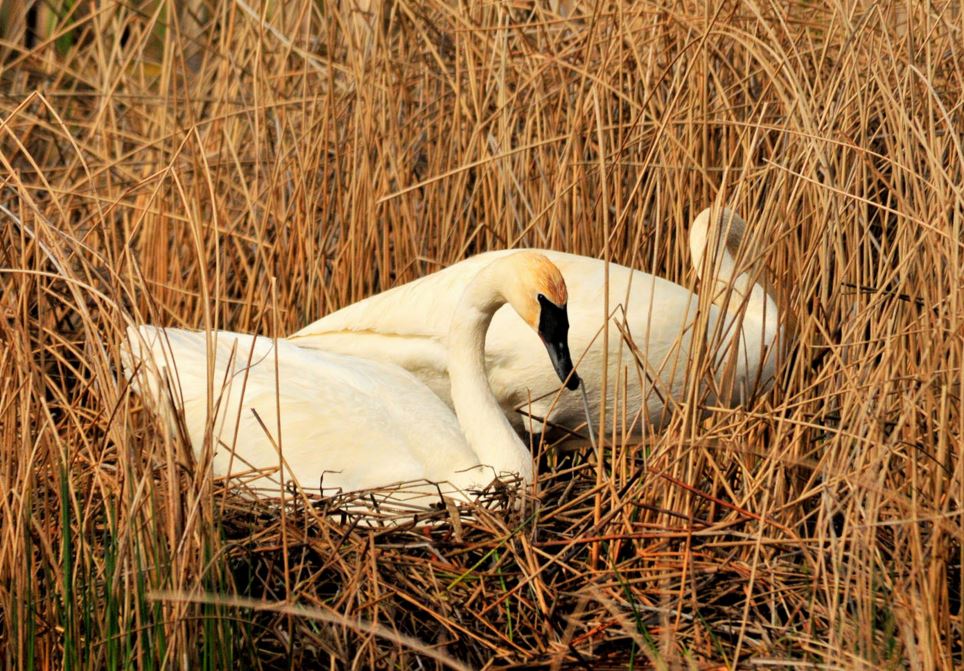 Photo ©
USFWS Mountain-Prairie Region
Photo ©
USFWS Mountain-Prairie Region
100 Years of Nest Protection
The year 2016 marks the centennial of the Convention between the United States and Canada for the Protection of Migratory Birds, thereby enacting the first international Migratory Bird Treaty. The follow-up Migratory Bird Treaty Act (MBTA) and three other subsequent international treaties form the cornerstones of joint efforts to conserve birds that migrate across international borders. Despite its name, the act also protects non-migrating birds, their nests, eggs, and young, making it illegal to harvest, destroy, or harass them unless you hold a permit. Prior to the treaty, it was perfectly legal to harvest the eggs of every single bird in a nesting colony and sell them for profit.
Celebrating the centennial of the first treaty allows us to honor those who have contributed to its success and to galvanize efforts to protect birds for generations to come. The U.S. Fish and Wildlife Service has even included citizen science as part of its national framework for bringing awareness to this important milestone in North American bird conservation.
How can you join the celebration? Here are some ideas:
The MBTA and its corresponding treaties in Canada and Mexico are the most important protections we have in place for birds and their nests. To learn more about the history of these and other laws, peruse this timeline of events, created by the U.S. Fish and Wildlife Service.
 Photo ©
Photo ©